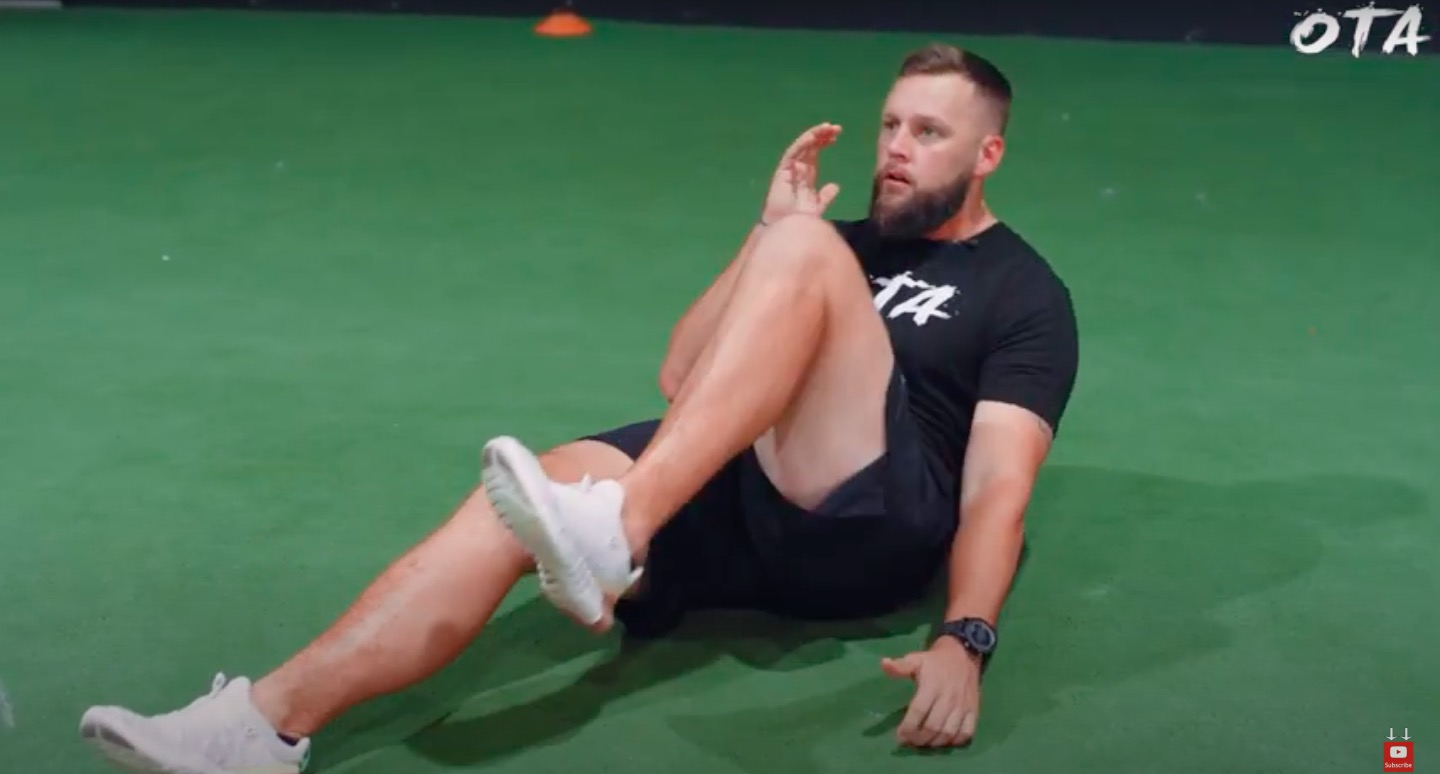I’m going to share with you how to train the core for athletes and give you the exact method I use with my elite level athletes… let’s get into it.
One of the most common questions I get asked is “what should I be doing as an athlete, for my core / ab training?”
There’s many ways to skin a cat when it comes to sufficiently answering this question. My goal for today is to describe the way I view the trunk and how this applies while working with an athlete. The goal of progressing through core work is ultimately to transfer over the strength built into more efficiency during game time.
Whether this looks like more explosiveness through a rotation, staying stable while making a cut up field or simply just being able to enhance the strength of whatever you’re performing.
When I train the core with an athlete, it usually takes place at the end of our training session. That’s not to say we don’t use a lot of core strength throughout the workout while performing each dynamic drill, sprinting or jumping. The intrinsic muscles along the spine are always being utilized no matter what you’re performing in the moment. There’s 3 specific phases that I believe each athlete should progress through.
Training the Core Phase 1: Static Stabilization
First of all we want to develop some form of stability within the trunk. This is going to look like a lot of anti-movements in the core. This looks like:
- anti-flexion
- anti-extension
- anti-rotation
- anti-lateral flexion
This is requiring you to fight against weight or some other resistance in order to build stability against something which may be used in a block or other defensive work. Here’s some more examples of anti-movement patterns in the body
Training the Core Phase 2: Fundamental Movement

My next progression through phase 2 of training is to put your core through the basic fundamental movement patterns.
- rotation
- flexion
- extension
- lateral flexion
In training this will look like performing movements where you’re going through a longer range of motion with resistance throughout.
Training the Core Phase 3: Integration

Finally the last phase calls for integrating the trunk. What does that mean?
This means choosing exercises which mimic movements from within your particular sport that can transfer over to the field or court. I’m also going to take each fundamental movement pattern from phase 2 and begin integrating this with the lower and upper half of the body (depending on what you’re looking to improve on).
Here’s some integrative core movements for you to try:
You heard it here guys… when it comes to training the core, start with a focus on static stabilization, then move onto fundamental movement before mastering integration into your sport. This is going to be the perfect plan to follow over the off season where each phase can last from a month up to 6 weeks. I usually take my athletes through core training 4 days a week with a focus on each of the fundamental patterns each day.
If you’re an athlete or coach who’s interested in working together check out the link below for details:
TAKE YOUR GAME TO THE NEXT LEVEL